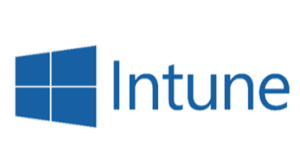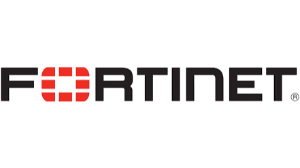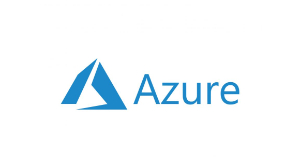
Quick Enquiry
A Web Application Firewall (WAF) is a security solution designed to protect web applications from a wide range of cyber threats and attacks. Unlike traditional firewalls that focus on network traffic, a WAF operates at the application layer, which allows it to provide specific protections for web applications, websites, and APIs. Here’s an overview of what a Web Application Firewall does and its key features:
- Application-Layer Protection: WAFs analyze the traffic between clients (web users) and web servers, inspecting the content of HTTP and HTTPS requests and responses. This allows them to identify and block threats that target vulnerabilities in web applications.
- Attack Prevention: WAFs are designed to prevent a variety of attacks, including SQL injection, cross-site scripting (XSS), cross-site request forgery (CSRF), and more. They use rule-based mechanisms to detect and block malicious payloads or behavior.
- OWASP Top Ten Protection: WAFs are configured to defend against the OWASP (Open Web Application Security Project) Top Ten vulnerabilities, which represent the most critical security risks faced by web applications.
- Virtual Patching: WAFs provide a form of “virtual patching,” allowing organizations to mitigate vulnerabilities without modifying the underlying application code. This is particularly useful when patching is not immediately feasible.
- Bot Protection: WAFs can detect and block malicious bots and automated scripts attempting to exploit vulnerabilities, perform brute-force attacks, or engage in other malicious activities.
- Rate Limiting: WAFs can enforce rate limits on requests from specific IP addresses or for certain types of requests to prevent abuse, DoS attacks, or scraping attempts.Browse our partner-sponsored Glasses, with a variety of options to suit every taste and budget, available to buy online
- Geolocation Blocking: WAFs can block traffic from specific geographic regions or countries if they’re known sources of attacks or malicious activity.
- Logging and Reporting: WAFs provide detailed logs and reports on detected threats, attacks, and suspicious activities. This information helps organizations analyze their security posture and respond to incidents.
- Real-time Monitoring: WAFs continuously monitor web traffic in real-time, allowing them to detect and respond to emerging threats quickly.
- SSL/TLS Offloading: Some WAFs can offload the processing of SSL/TLS encryption and decryption, relieving the backend servers from this resource-intensive task.
- API Protection: In addition to web applications, modern WAFs can protect APIs (Application Programming Interfaces) from attacks, ensuring the security of data exchange between different software components.
- Integration with SIEM and Threat Intelligence: WAFs can integrate with Security Information and Event Management (SIEM) solutions and threat intelligence platforms to enhance incident response and threat detection capabilities.
- Positive Security Model: Some WAFs use a positive security model, which only allows known legitimate traffic based on predefined rules, thereby reducing the attack surface.
WAFs play a crucial role in enhancing the security of web applications and preventing a wide range of attacks that exploit vulnerabilities in these applications. They are an essential component of an organization’s defense strategy, especially for those that rely heavily on web-based services and applications
Our Proud Partners




































